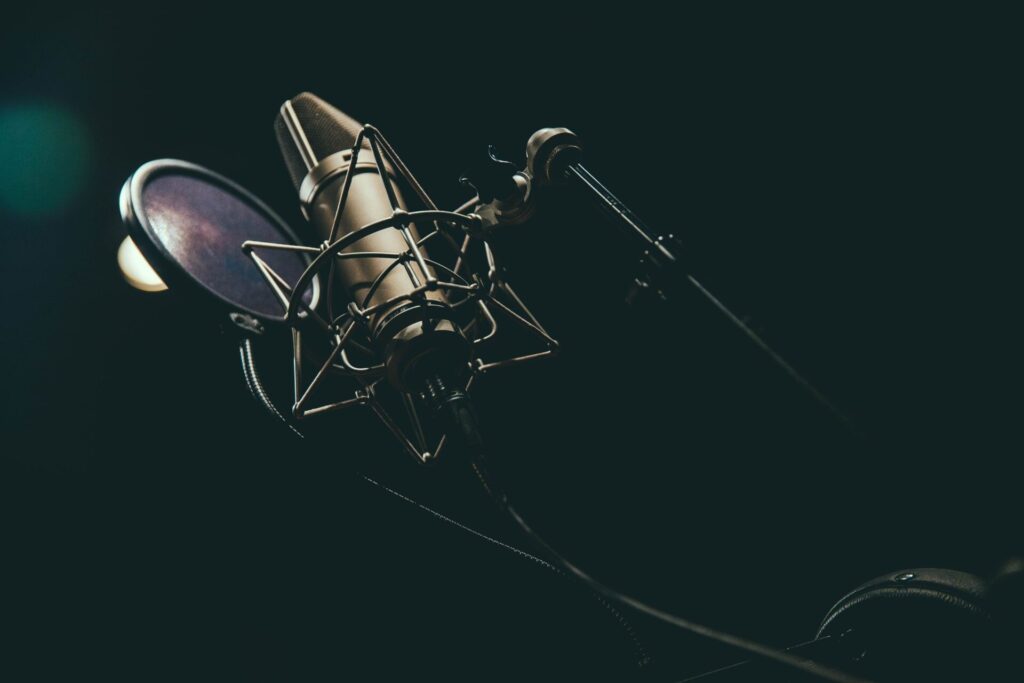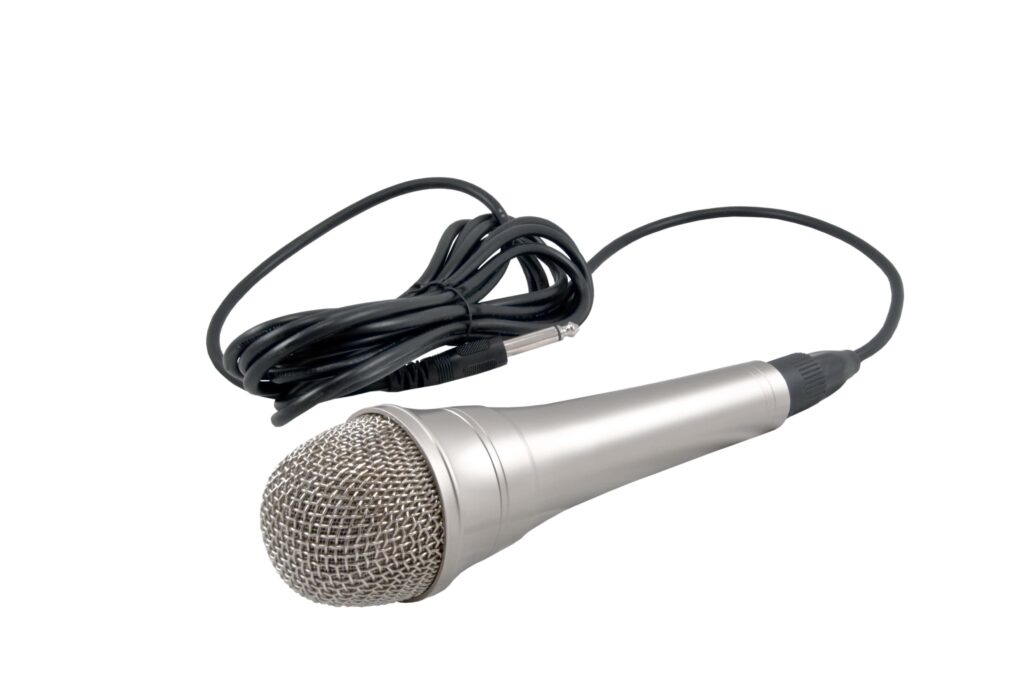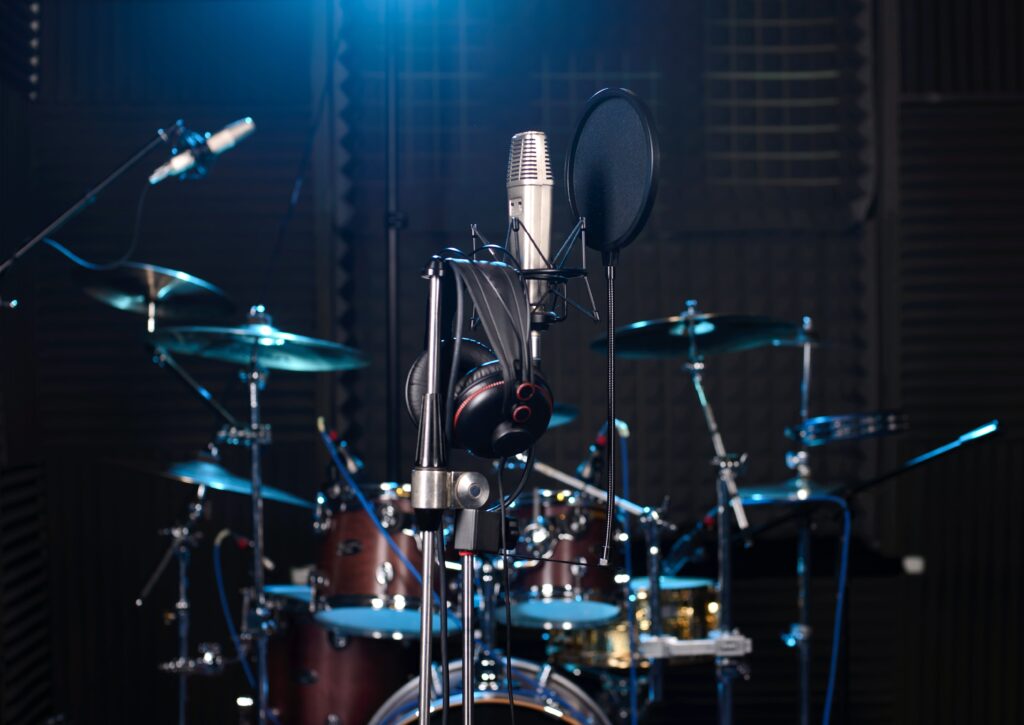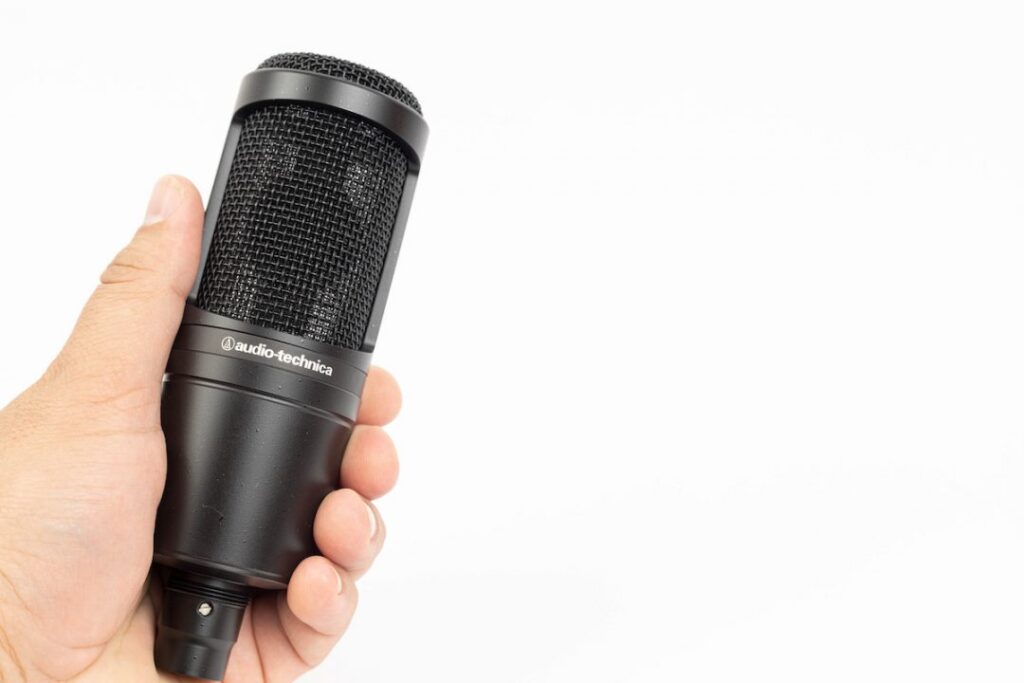No magic plugin can make your low-quality microphones and poor space sound like a multi-million dollar recording studio with the best studio microphones and equipment. It’s usually ideal to start with the best quality recording possible, although sometimes mastering the mixing can make a difference. Let’s learn the art of mixing with the help of a studio microphone! Trust us, it’s a game changer gear for your recordings, and the audience will love your choice!
Recording using the Best Techniques and Equipment for Great Sounding Mix
The recording process aims to get the best possible sound, from setting up microphones to choosing tools for indoor and outdoor recordings. While mixing can be a time of major adjustments for some, it can also be a process that occurs gradually throughout the recording process.
Remember that mixing can only do a part of the job. For example, controlling the levels and extracting soundtracks from the recording time is crucial to achieving decent sound during the mixing stage. The result will vary greatly depending on what you record and how you record it. A smooth recording method often results in a more gradual mix and better-sounding music than one that tries to “fix it in the mix” and “keep it moving”. Achieving a good microphone mix, and ultimately a better mix requires just a few seconds of lowering the amp tone or changing levels or volume while recording.
Practice, Practice and Practice
Vocals are the primary attention of modern music, and accurate studio recording of the vocal performance is critical to conveying the soul of a song. Some musicians record at home because it gives them more time, but the recordings may need to be better due to technical or acoustic limitations. Rather than choosing a poorly recorded version, it is usually preferable to use it as a scratch track and record the vocals in a studio using a high-quality microphone.
Choose the right Mic
To get the best sound immediately, make sure you’re using the right microphone for the job, a pop filter, and creating a decent recording environment. The wrong microphone or the wrong room can ruin your recording. Recording studios that spend thousands on a microphone aren’t getting anything a hundred times better than the typical home studio user could buy; instead, they get something slightly better but ideally pretty nearly flawless. Then, get as close to perfection as possible using other audio engineering tools.
Testing your mixes against commercial material
A/B testing your work with something you like can be helpful if you want to monetize your music. If all you ever wanted to sound like was Bob Dylan, for example, play his song first, then play the song you wrote and check if it matches the vibe or if there were any differences in EQ or microphone choice, which could influence the result. It cannot be easy to compare your mixes to your favourite songs. Often, you admire some of the best work. Still, your mixes exhibit flaws and shortcomings that arise from your inexperience, the limitations of the equipment, or the invariable dynamics and limitations of the equipment or environment you had to work with.
Signal Chain and Microphone Preamplifiers
The microphone is just one piece of the puzzle; the final sound is influenced by the entire signal chain, including interfaces and preamps. You can expand your sonic palette by learning how different microphones work with preamps and other equipment. A top-notch preamp can add warmth and clarity to your recording while balancing the qualities of your chosen microphone.
Mastering the Mixing: Listen to the mix and take notes
The mixing procedure aims to get a well-balanced mix of all your sounds. You must first understand each track to succeed. Listen to each track separately before changing the gain, pan, or effects. It’s also an opportunity to observe each instrument’s different tonal qualities and dynamics, which you can consider when mastering the mix plugins. When adjusting EQ and panning to ensure width, depth, and balance in your mix, you can take the time to listen to each track and other sounds separately.
Choosing the best microphone, mastering the mixing, and a perfect environment for recording are all you need to go ahead. These tips are perfect for those who are going to mastering the mix plugins! Complete your lessons and bring all the ideas to life!




